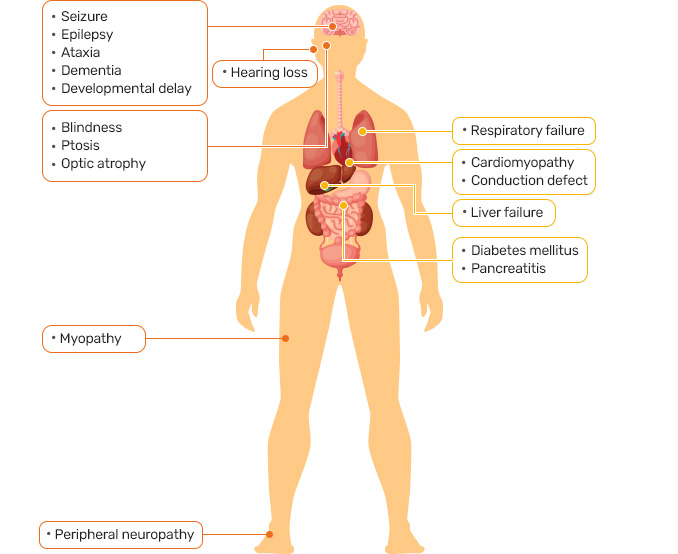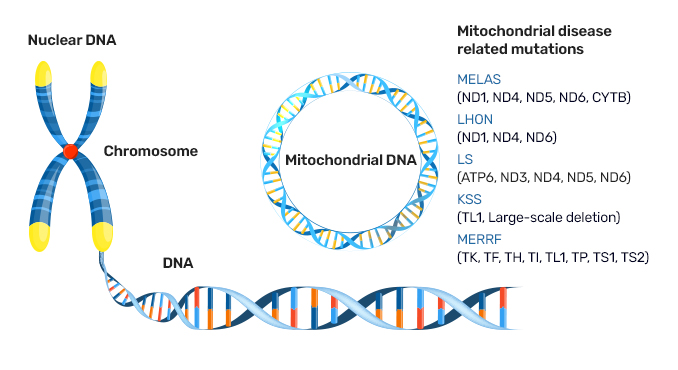Science
Mitochondrial diseases

Mitochondrial diseases are caused by defects in mitochondria, which are energy factories found inside almost all the cells in the body. They can affect one part of the body or many parts, including the brain, muscles, kidneys, heart, eyes, and ears. Because muscle and nerve cells have especially high energy needs, muscular and neurological problems are common features of mitochondrial diseases. Mitochondrial diseases are caused by genetic mutations of genes providing the instructions for making proteins. The genes, in either nuclear DNA (nDNA) or mitochondrial DNA (mtDNA), involved in mitochondrial disorders normally make proteins that work inside mitochondria. However, change in these genes can cause problems with how the body makes important proteins.
Some of the most common include:
- Mitochondrial encephalopathy, lactic acidosis and stroke-like episodes (MELAS) syndrome
- Leber hereditary optic neuropathy (LHON)
- Leigh syndrome (LS)
- Kearns-Sayre syndrome (KSS)
- Myoclonic epilepsy or ragged-red fiber disease (MERRF)

Approximately 1 in 5,000 individuals harbor a clinically confirmed pathogenic mtDNA mutations. Most of these mtDNA mutation are either A>G (= T>C on the other DNA strand; 45%) or C>T (= G>A; 42%) conversion, which can be corrected by currently developed adenine (mtABEs) or cytosine base editors (mtCBEs), respectively.


